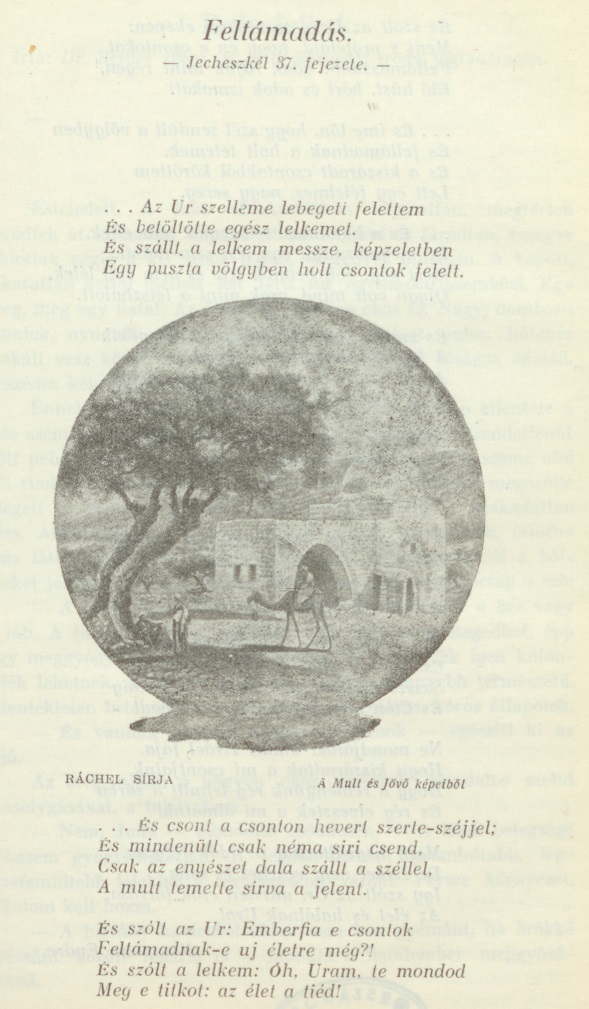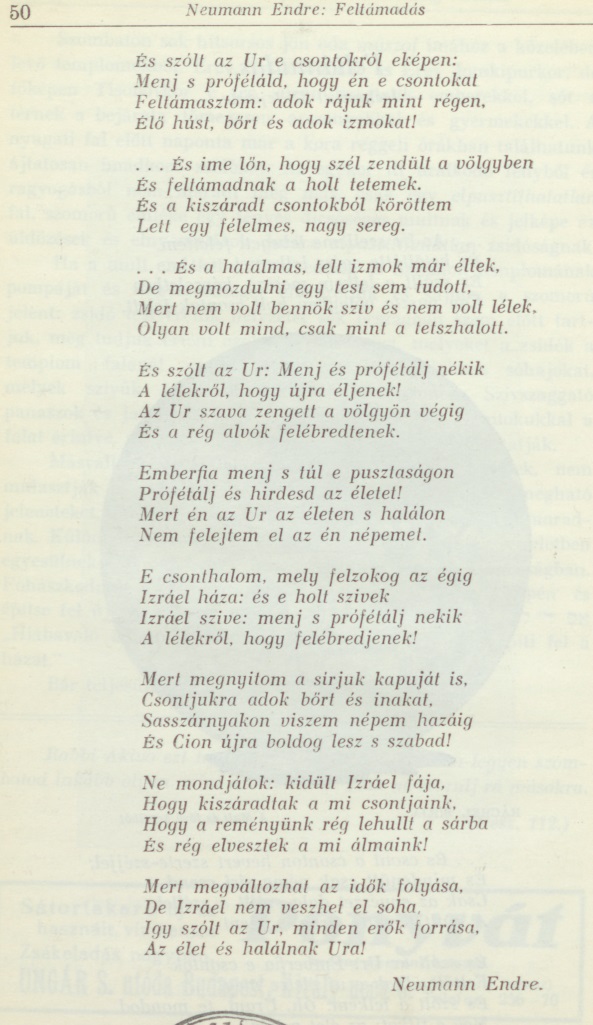Hogyan hatott a városba vándorlás az életmódra?
A 19. században általános tendencia volt a vidéki zsidó fiatalok életformaváltása, városba költözése és társadalmi felemelkedése is. Magyarországon a zsidó lakosság urbanizációs foka 1880-ra majdnem elértre az 50%-ot, ami igen magas volt. Ennek keretében Budapest nagy vonzerővel bírt, 1880-ra az ország zsidóágának 23,4%-a élt a fővárosban. 1869 és 1910 között Budapest zsidóságának létszáma több mint négyszeresére növekedett. 1910-ben az ország zsidó lakosságának több mint egyötöde élt itt, ahol az összlakosság közel egynegyedét tette ki. A növekedés az intenzív belső migrációnak, a zsidóságnak az ország különböző régióiból és településeiről a fővárosba áramlásának volt az eredménye. Ennek a lakosságnak egy része volt csak orthodox.
A tradicionális zsidó kultúra vidéken tovább tudott túlélni, mint a városokban. Ennek oka a rurális stagnálás és a városi vitalitás és innováció volt. Számos szokás, gyakorlat – amit a vidéki orthodoxok a szocializációjuk során kaptak – nem volt változatlan formában tovább vihető a fővárosban. Az orthodox sajtóban visszatérő gondolat volt a falu-város ellentéte. Ez az ellentét a Szepes vármegyei német falu, Unsdorf esetében a talmudiskola alapító okaként jelent meg. „A városi élet különböző megnyilatkozása – ugymond – az ifjak fogékony lelkületére csak káros befolyással lehet. Csak olyan egyszerü faluban mint Unzdorf, ahol a talmudista kizárólag a Rebbejét és kollegáit, azok vallásos életmódját és szorgalmas tóratanulását láthatja maga előtt, van az a légkör, amely alkalmas, hamisithatatlan, jámbor, tóratudós zsidó generációt felneveli. S ez volt a Rebbe זצ״ל célkitűzése.” (Zsidó Újság 1927. június 17./ 5. A hunfalvi Jahrzeit) – írták öregdiákok egy két világháború közötti visszaemlékezésben. Az orthodox sajtó több munkatársa ugyanis Hunfalván tanult fiatal korában, mintáikat részben innen hozták.
In what ways did the migration to cities influence Orthodox lifestyle?
In the 19th century, there was also a general tendency for rural Jewish youths to change their way of life, move to the city and make their way up the social ladder. In Hungary, the degree of urbanisation of the Jewish population almost reached 50% by 1880, which was very high. In this context, Budapest was a major attraction, with 23.4% of the country’s Jewish population living in the capital by 1880. In 1910, more than a fifth of the country’s Jewish population lived here, where they made up nearly a quarter of the total population. The increase was the result of intensive internal migration, the flow of Jews from different regions and settlements of the country to the capital. Part of this population was only Orthodox.
Traditional Jewish culture was able to survive longer in the countryside than in the cities. This was due to rural stagnation and urban vitality and innovation. Many of the customs and practices that the rural Orthodox had acquired during their socialisation could not be carried on unchanged in the capital. A recurrent idea in the Orthodox press was the village-urban contrast. This opposition was the reason for the founding of the Talmud school in the German village of Unsdorf in the county of Szepes. “The various manifestations of urban life," he says, “can only have a harmful influence on the receptive spirit of the young. Only in a simple village like Unsdorf, where the Talmudist can see before him only his Rebbe and his colleagues, their religious way of life and their diligent Torah study, is there an atmosphere which will raise up a generation of capable, unadulterated, pious, Torah-reading Jews. And this was the Rebbe’s זצ״ל objective." (Zsidó Újság, 17 June 1927 / 5. The Jahrzeit in Unsdorf) – wrote alumni in a reminiscence between the two world wars. Several members of the Orthodox press had studied in Unsdorf as young men, and had brought their samples from there.


Neumann Endre Feltámadás című verse. Szombat Almanach, 1927
Endre Neumann’s poem ‘Feltámadás ‘ (Resurrection). Szombat Almanach, 1927
© OR-ZSE Könyvtára